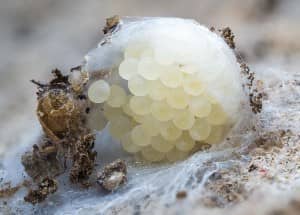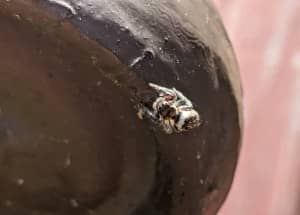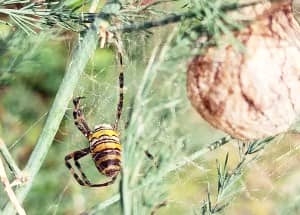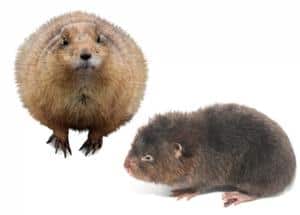How to Get Rid of Spider Eggs: Complete Spiders Control and Prevention Guide
Unlike most pests, spiders don’t bring much damage to the house or to your health. They can’t destroy wood construction like termites or cause food poisoning like flies. In the US, there are only two types of venomous spiders: Black widow and Brown recluse. However, arachnophobia, the fear of spiders, is one of the most … Read more





